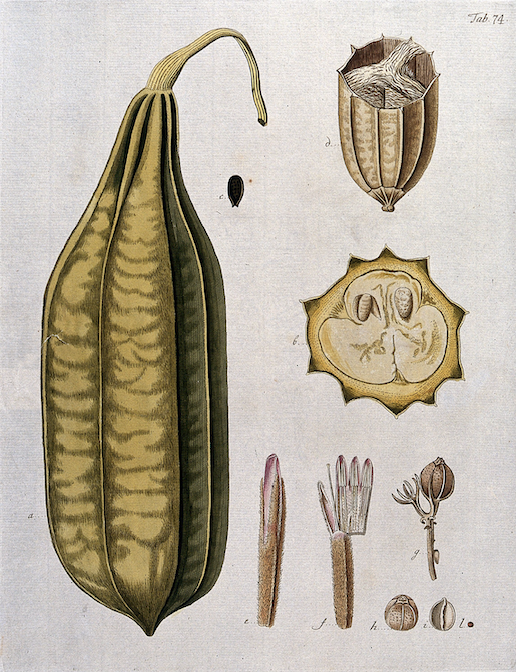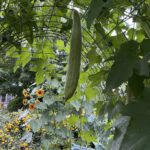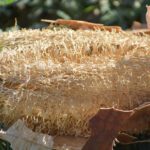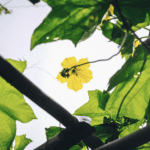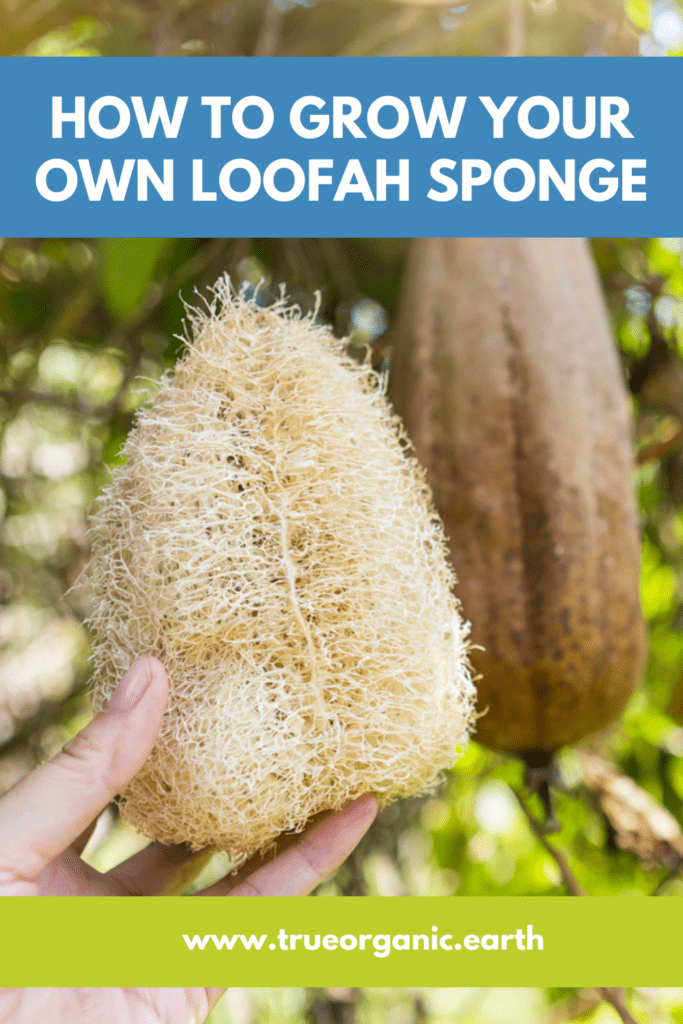July 25, 2023
Homegrown Sponges: Growing Loofah in Your Garden
Homegrown Sponges: Growing Loofah in Your Garden
Forget about neon-colored, plastic bath sponges that never biodegrade! Scrub yourself clean with an organic, all-natural, biodegradable loofah that you grew in your home garden.
You’ve probably used real plant-based loofah, but perhaps you didn’t know they’re actually the fruit of a viney vegetable plant related to squash and melons. Homegrown loofahs make for wonderful body care accessories, household cleaning tools, and more — all completely biodegradable and renewable.
And guess what: they’re amazingly easy to grow and harvest right in your backyard.
What are Homegrown Loofahs?
Contrary to some ill-advised product marketing you may have seen, loofahs are not the same as sea sponges — although those sea creatures can make wonderful skin scrubbers, too.
Loofah “sponges” are actually dried gourds; they’re the fruit of the luffa, a tropical plant that belongs to the Cucurbitaceae family (along with pumpkins, cucumbers, melons, and other hard-shelled gourds). Luffa vines produce delicate, crinkly yellow flowers much like other squashes and drooping oblong fruit that have been used for culinary and domestic purposes for thousands of years.
Luffa and loofah can be considered interchangeable spellings for the same plant and gourd, but for purposes of this blog, we’ll use “luffa” to refer to the plant and “loofah” to refer to the fruit of that plant.
Luffa plants and their fruit have been grown, eaten, and used for thousands of years — as a culinary ingredient, medicine, cleaning tool, and even engine filters!
Growing luffa plants is fun and simple, if you pick the right location and set-up. Here’s how.
How to Grow Loofahs at Home
Growing loofahs at home is a fun and rewarding experience, provided you follow some essential guidelines. Here’s what we’ll cover in this blog:
- There are two species of luffa and a number of different varieties; all will produce a fluffy sponge when dried.
- Luffa seeds need warm temperatures to germinate.
- Luffa plants need full sun and a long, warm growing season to mature (5-6 months)
- You’ll want to allow the gourd to mature and then dry on the vine in order to use it as a bath tool.
- Luffa plants grow long vines (sometimes up to 30 feet) like pumpkins.
Choosing Your Luffa Seeds
There are two species of plant that produce the familiar scrubby sponge-like object that you can use in the bath: Luffa aegyptiaca (aka ridged luffa or Chinese okra) and Luffa acutangular a.k.a. Luffa cylindrica (aka smooth luffa). You might find either in a seed catalog or garden store, or you may just see the seeds listed as “luffa seeds.”
“Ridged luffa” produce (you guessed it) more angular gourds with long ridges, while a “smooth loofa” plant will grow a rounder gourd with less prominent ridges. As far as growing and using them goes, the two species are pretty much the same. Grab whatever seeds you can find and let’s get planting.
Planting & Growing Luffa in Your Garden
Luffa plants need full sun and well-draining, nutrient-rich soil. They require a long, warm season to ripen and dry on the vine. Luffas are climbing plants, so you’ll have the most success if you provide your luffa with a trellis or fence to grow on, or plenty of ground space to spread out.
Need some trellis inspo? We’ve got you covered!
Before you plant, whether in-ground or in a container, give your soil a measured supplement of organic plant food. A granular fertilizer with a balance of nutrients from organic ingredients will help your luffa establish strong roots and produce healthy fruit.
Check out our Container Gardening 101 guide for all the info you need to start a flourishing container garden inside or outdoors.
Luffas need a consistent temperature of 77-80°F to germinate, so it’s common to start them indoors — unless you live in a sunny climate with endless summer 😎 in which case you can start the seeds outdoors after the last frost of the year. But remember that, if you want to use the loofah gourd as a bath sponge, it needs to mature on the vine for 5-6 warm months.
Expect germination in about 20 days. Transplant them outdoors only when the risk of frost has passed.
Keep their soil moist by watering regularly and give them a boost of organic fertilizer every two or three weeks (we recommend True Organic Liquid All-Purpose Plant Food).
Harvesting & Peeling Your Loofah
The time has come to reap the rewards of your loofah gardening efforts. To get the scrubby sponge-like object for bathtime, allow the luffa gourds to mature on the vine until they turn yellow or tan. The skin of the gourd may even turn dark brown and begin to crack.
Carefully snip the mature loofahs off the vine and peel the skin to reveal the fibrous, spongy insides. Peeling the loofah can be a little tricky. If you’re struggling, try these tips:
- Starting peeling from any existing cracks in the skin
- If there are no cracks, gently squeeze the loofah until the skin cracks
- Soak the loofah in water for a few minutes to loosen the skin
- Remove the seeds (just give your loofah a shake), which you can dry and save to plant more luffa plants next year.
- Wash the peeled “sponge” with water and a little bit of natural soap to remove any sap or extra skin. Then lay your peeled, washed loofah in the sun to dry (turning occasionally).
Explore More Awesome Uses and Benefits of Luffa Plants 
Luffa plants offer more than just bath sponges. Explore other exciting uses and benefits:
- Edible blossoms: Use the edible blossoms. Just like squash blossoms, the luffa’s lovely yellow flowers are edible and yummy! Carefully pick them off the vine and rinse gently. They make for a beautiful addition to salads or a tasty deep-fried treat.
- Kid-Friendly Art Projects: Cut the dry gourd into slices and shapes for kid-friendly art projects. Try them as stamps, brushes, and stacking blocks!
- Delicious Vegetables: Eat the vegetables! Young loofahs have a texture a lot like zucchini and are common in some Asian and African cuisine. They don’t need to be peeled and are tasty in stir fry!
Discover the Joy of Growing Your Own Loofahs: Start Cultivating Today
Growing loofahs in your garden is a rewarding experience that brings forth a wealth of eco-friendly and versatile benefits. Follow our simple guidelines to nurture these fantastic plants and enjoy a bountiful harvest of organic, biodegradable loofah sponges for all your body care and cleaning needs.
Show us your True Organic Plants
#GrowWithTrue
www.trueorganic.earth

